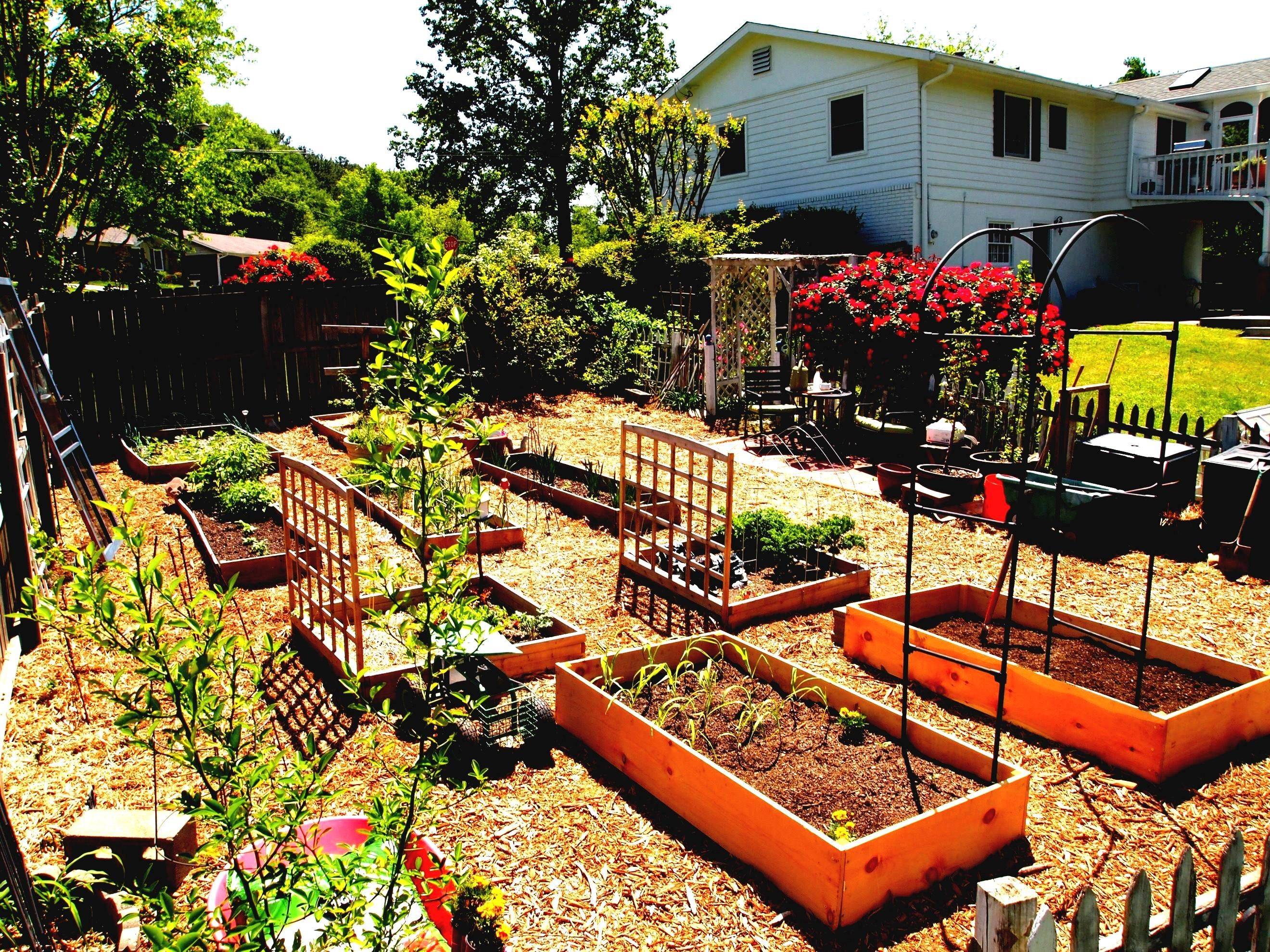Container vegetable gardening offers a fantastic solution for anyone looking to grow fresh vegetables without needing a traditional garden space. Whether you have a small balcony, a sunny kitchen corner, or a rooftop, container gardening can transform limited space into a productive vegetable garden. This gardening approach allows you to control soil quality, protect plants from pests, and move containers to follow the sun or avoid harsh weather.
Getting Started with Container Vegetable Gardening
What is Container Vegetable Gardening?
Container vegetable gardening is a form of gardening where vegetables are grown in containers rather than in the ground. It’s an ideal choice for people who may not have access to a garden bed but still want to enjoy the benefits of homegrown produce. Containers can be anything from traditional pots and buckets to repurposed items like crates or even fabric grow bags.
The concept of container gardening dates back thousands of years. Ancient civilizations used pots to grow herbs and vegetables, which were easily accessible for culinary and medicinal use. In today’s urban environments, container gardening is not only a practical solution but also a sustainable way to grow food locally, minimizing the need for transportation and allowing people to consume vegetables at the peak of freshness.
Why Choose Container Gardening?
Here are a few reasons why container gardening is an excellent choice for growing vegetables:
- Space Efficiency: Container gardening is perfect for small spaces like balconies, patios, or windowsills, where traditional garden beds aren’t possible.
- Flexibility and Mobility: You can move containers to follow sunlight, protect them from bad weather, or even bring them indoors during winter.
- Soil Control: Growing in containers allows you to control the soil quality, adjusting for nutrient needs specific to different vegetables.
- Pest and Disease Management: By growing plants off the ground, container gardening can reduce exposure to certain pests and diseases common in ground soil.
- Year-Round Gardening: With containers, you can easily grow herbs or vegetables indoors in colder months, making it a year-round gardening option.
Who is Container Gardening For?
Container gardening suits anyone with a desire to grow their own food but limited by space, soil quality, or physical mobility issues. It’s especially popular among:
- Apartment and Condo Dwellers: Great for those who have little or no garden space.
- Urban Gardeners: Perfect for city living where space is tight.
- Beginning Gardeners: An easy introduction to gardening without the commitment of an entire garden bed.
- Elderly or Disabled Individuals: Raised containers or pots can be easier to access than ground-level gardening.
Benefits of Growing Vegetables in Containers
Container vegetable gardening offers a variety of benefits that make it one of the most practical and rewarding gardening approaches, especially for urban or space-constrained individuals. Here’s an in-depth look at the advantages:
- Convenience for Small Spaces: Container gardening makes it possible to grow vegetables in small areas, from a compact balcony to a sunny kitchen ledge. This approach is highly adaptable, and you can easily scale the garden up or down based on available space.
- Easier Pest Control: Pests that typically target ground soil or spread through garden beds are less likely to infest containers. Containers are also easier to isolate or protect with simple pest management strategies, such as covering plants with mesh or using organic pesticides specifically suited for smaller areas.
- Flexibility to Maximize Sunlight: Unlike in-ground gardens, containers can be easily moved to capture the best sunlight throughout the day or different seasons. This is particularly helpful if you’re growing sun-loving plants like tomatoes or peppers. Being able to move containers can also protect them from extreme weather, giving you more control over their growing environment.
- Control Over Soil Quality and Nutrients: Unlike traditional gardens where soil composition may vary, container gardening lets you choose the exact soil type that’s best for each vegetable. You can select organic potting mixes and adjust nutrients to fit the needs of specific plants, enhancing growth and yield.
- Reduced Weeding and Maintenance: Containers are typically less prone to weeds than ground gardens. Weeds from nearby areas don’t spread as easily into containers, saving you time on maintenance and allowing you to focus on plant health and growth.
- Accessibility for Year-Round Growth: Certain vegetables and herbs can be brought indoors to continue growing through the winter or in cold climates. For example, herbs like basil and parsley or quick-growing greens can thrive indoors when placed in a sunny spot or under grow lights.


:max_bytes(150000):strip_icc()/vegetable-gardening-in-small-spaces-1403451-containers-38fba88c8dd1449596b756304cae86cb.jpg)